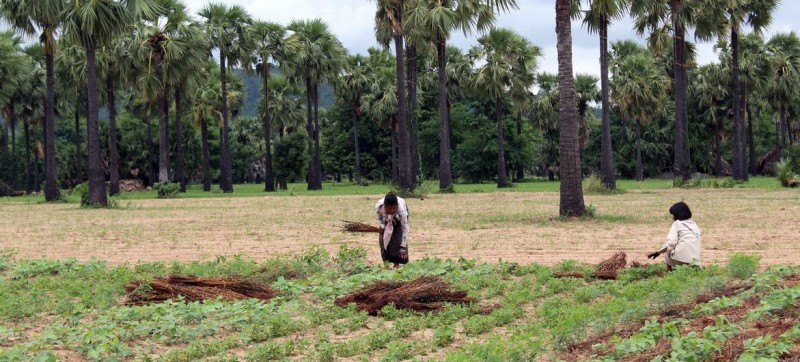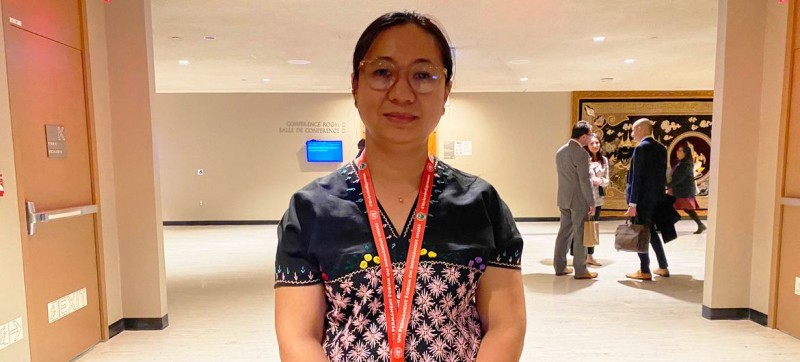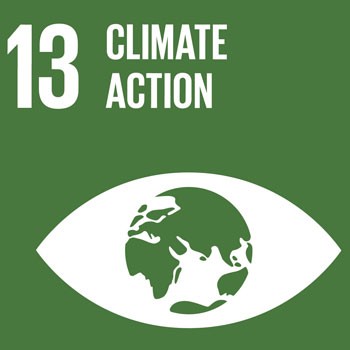
FAO/Soe Moe Naing Farming remains the primary source of income for rural families in Myanmar.
“For indigenous peoples, the land, the forest, water, is life. We depend on the natural environment, and we care for our surroundings. Managing natural resources is a strong part of our way of life. For example, the way we use rotational farming, avoiding monocultures by planting several different many different types of crops on our farmland.
In indigenous cultures, we look at a woman’s kitchen. If she has a wide variety of native seeds, it means that she is hardworking, and a valuable member of the community! To us, this is a greater indicator of wealth than money.

UN News/Conor Lennon Naw Ei Ei Min, Executive Council Member of the Asia Indigenous Peoples Pact.
A strong international voice
I started out at the Asia Indigenous Peoples Pact, an organization representing 14 Asian countries, which advocates for indigenous peoples at the General Assembly. I decided to focus on the role that indigenous peoples play in protecting biodiversity.
When it comes to the environment, and issues related to biodiversity, our voices are stronger than ever before at the international level. At the UNFCCC (the UN body responsible for the UN Climate Conferences), there is now a local community and indigenous people platform.
This is a major achievement for indigenous peoples, providing a space for indigenous knowledge and means that we can take part in the decision-making process.
But those changes also need to extend to national, regional and community levels. Real change needs to happen on the ground. The complex way of negotiating international agreements sometimes does not fit with the way we communicate; there still needs to be more equity, in terms of our participation, and giving a voice to those of us who are concerned with climate change.
Climate action and climate justice
If the natural environment is destroyed, then so is our traditional way of life. Indigenous peoples are dealing with the effects of climate change on a daily basis, on the ground, on their lands and in their communities.
We are facing threats from climate change, and also from the continuous exploitation of natural resources. That’s why climate justice is so important. We need take the views of indigenous peoples into account, if we are to find lasting solutions to the crisis.”
Naw Ei Ei Min represents Asia at the UN Permanent Forum on Indigenous Issues. She spoke to UN News during the 22nd session of the Forum, held at UN Headquarters between 17 and 28 April.

Mother Earth Day
- The General Assembly designated 22 April as International Mother Earth Day through a resolution adopted in 2009.
- The United Nations celebrates this observance through the Harmony with Nature initiative, a platform for global sustainable development that celebrates annually an interactive dialogue on International Mother Earth Day.
- Topics include methods for promoting a holistic approach to harmony with nature, and an exchange of national experiences regarding criteria and indicators to measure sustainable development in harmony with nature.

